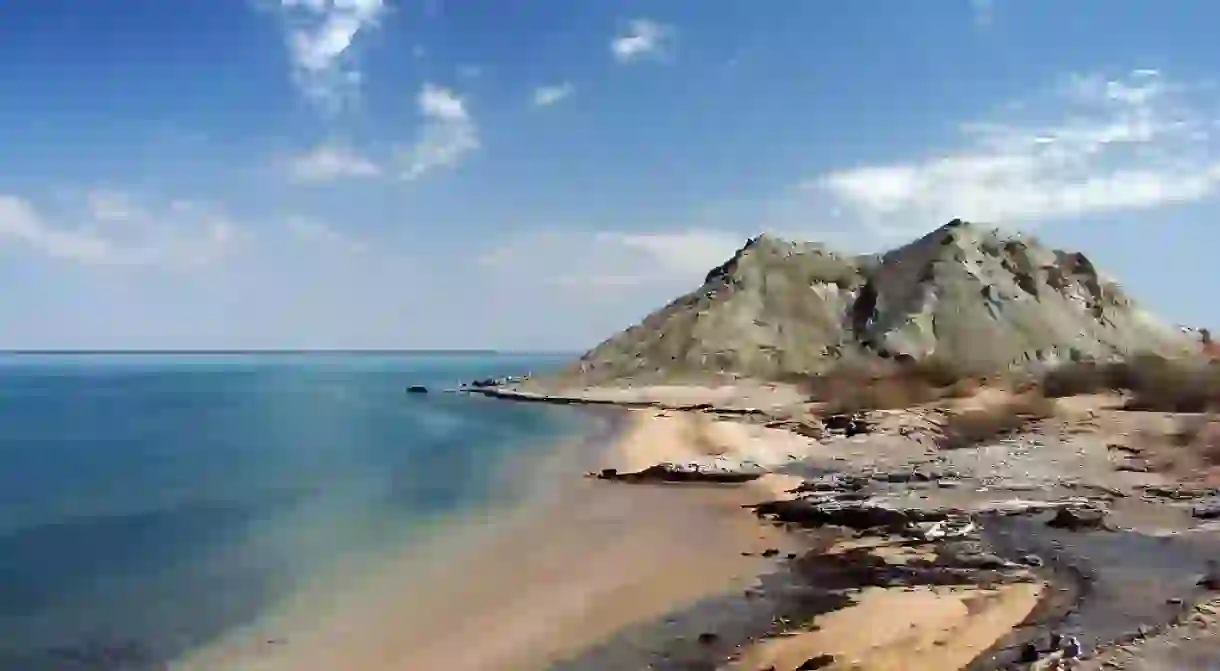Intriguing Things You Never Knew About Iran and Iranians

By now, word has spread that Iran is not an Arab country (Iran means “land of the Aryans”), and as more travelers venture into this previously uncharted territory, they are witnessing an exciting reality contradictory to decades of bad press. Social media has particularly helped shed light on the truth about Iran, its people, and its culture, but here are 12 things you may not know.
Iran is ethnically diverse
While the majority of people are Persian, and Persian is the official language, there are numerous other ethnicities including Azeri Turk, Mazandarani, Gilaki, Talysh, Kurd, Lur, Baloch, Turkmen, Arab, Afro-Iranian, Armenian, and even nomadic tribes such as the Bakhtiari and Qashqai. With each region having its own language and traditions, it’s easy for Iranians to experience culture shock without ever leaving their country.

It’s Not All Desert
From mountains and dormant volcanos to plains and valleys, deserts and forests to seas, islands, and hot springs, Iran has a varied geography, to say the least. With four seasons occuring at any given time, it’s not an exaggeration to say that you can go skiing in Tehran and then hop on a flight to hot and humid Chabahar and go swimming in the Persian Gulf. While central Iran is mostly desert, quite distinct landscapes exist in the surrounding provinces.

The Hottest Recorded Spot on Earth Was in Iran
Reaching an unfathomable 159.3ºF (70.7ºC), the Lut Desert has been the hottest place on earth for five of seven years studied by scientists. In 2016, this desert was inscribed with UNESCO as Iran’s first natural world heritage site.

The Asiatic Cheetah Calls Iran Home
Once sprawling the Arabian Peninsula through Iran to Pakistan and India, the critically endangered Asiatic cheetah now solely lives in protected habitats in Iran. The Iranian Department of Environment has launched several conservation campaigns and has even employed rangers to protect these and other wildlife against poachers. During the 2014 World Cup, the cheetah was featured on the jerseys of the Iranian national soccer team, and national airliner Meraj also depicted them on their planes.

Women Outnumber Men in University
Often mistaken for second-class citizens, Iranian women are actually quite powerful. They drive, vote, hold high-ranking government positions, and outnumber men in universities. A trend which began in 2001, 60% of university students are female, and 70% of students in the fields of science and engineering are women.

It’s an Ancient Civilization That’s Young at Heart
Iran stems from one of the oldest civilizations dating back to 7000 B.C. Today, it has one of the youngest populations, with 60% of the 80 million people under the age of 30.

Poetry and Proverbs Rule
Iranians mean serious business when it comes to poetry, and you’d be hard-pressed to find one who can’t recite at least a few beyt (couplets) by heart. How many other countries list their numerous poets’ mausoleums as among the must-see sites? People pay their respects to these greats as if visiting a member of the family. Proverbs are also tossed around in everyday conversation, as Iranians often solve their problems by uttering a proverb or a line of poetry.
Proverbs are also tossed around in everyday conversation, as Iranians often solve their problems by uttering a proverb or a line of poetry.

A Leader of Exports
Iran is one of the leading exporters of oil and natural gas, saffron, pistachios, caviar, and rugs. Worth more per ounce than gold, the best Iranian saffron, known as red gold, is grown in the Khorasan province. Whether fresh or dried, Iranians love their pistachios, and the city of Rafsanjan in the Kerman province is the center of cultivation. Caviar, Iran’s other black gold, comes from the sturgeon of the Caspian Sea. Rugs are often woven with intentional imperfections to show that only God can create perfection, and this art from the Fars province has been registered as a UNESCO intangible cultural heritage.

Iranians Are a Superstitious Bunch
Iranians have a lot of phrases and traditions to avoid being jinxed. Evil eyes are hung in the house, in cars, or worn as jewelry, and espand, wild rue seeds which are also said to have purification properties, are often burned to protect loved ones from being jinxed.

Ancient Persians Were Zoroastrian, Not Muslim
Until the Islamic conquest of Persia in the 7th century, that is. It is for this reason that the majority of Iranian traditions celebrated today, such as Nowruz and Yalda Night, have their roots in Zoroastrianism. A minority of Zoroastrians still live in Iran today.

Ferdowsi is Credited With Preserving the Persian Language
Arguably the most important work of Iranian literature, Ferdowsi’s epic poem Shahnameh (Book of Kings) was written without a single word of Arabic. He is therefore credited with saving the Persian language from becoming Arabic after the Islamic conquest. In fact, when asked why present-day Egypt speaks Arabic instead of Coptic, a prominent Egyptian historian stated matter-of-factly, “Because we had no Ferdowsi.”

Polo Originated in Ancient Persia
Although accounts vary as to the exact beginning date of chogân (polo), it is said to have been first played in ancient Persia. In fact, Meidan Emam in Esfahan was originally the site of a polo field.














